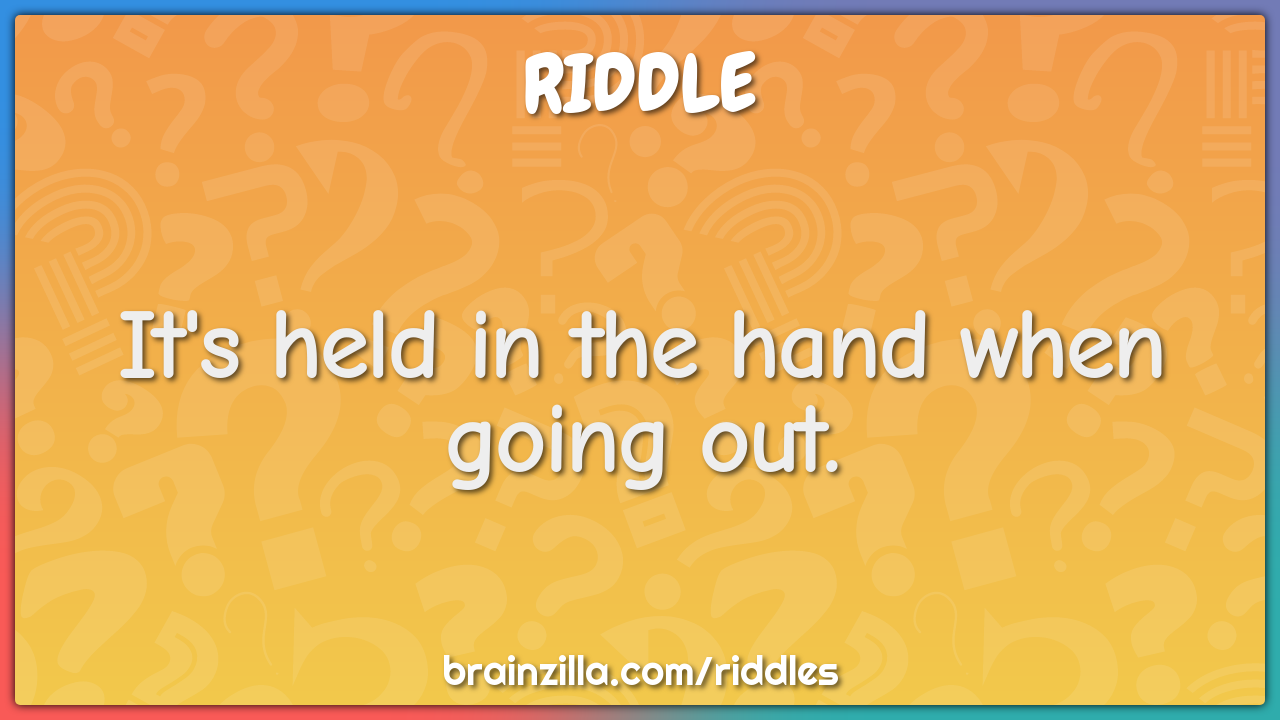In our complex world, the notion of hierarchy permeates various aspects of life, from organizational structures to social dynamics. At first glance, the phrase what has a bottom at the top seems contradictory, yet it encapsulates a profound truth about power, influence, and the intricacies of human relationships. This article delves into this paradox, examining how what appears to be at the bottom can sometimes exert significant influence at the top, reshaping our understanding of authority, leadership, and societal structure.
The Concept of Hierarchy
Hierarchies are foundational to many systems, including businesses, governments, and even personal relationships. Typically, hierarchies operate with a clear top-down structure where authority and decision-making reside with those at the top. However, within these structures, individuals or groups that may seem to hold lower status often wield considerable power, shaping the actions and decisions of those in higher positions.
The Role of Informal Influence
One of the clearest examples of “what has a bottom at the top” can be found in workplace dynamics. Employees who are not in managerial roles often possess insights, skills, or relationships that significantly impact their organization’s success. A junior employee may have a unique understanding of customer needs or an innovative idea that can transform a project. If their ideas are acknowledged and implemented, they essentially elevate themselves to a position of influence, demonstrating that power can emerge from unexpected places.
Moreover, informal networks within organizations can sometimes carry more weight than formal authority. Employees often seek advice from peers rather than superiors, creating a scenario where the “bottom” influences the “top.” This shift challenges traditional notions of authority and encourages leaders to cultivate a more inclusive environment where all voices are valued.
The Power of Public Opinion
Another manifestation of this concept is evident in social movements. Grassroots activism illustrates how individuals and small groups—often at the bottom of the societal hierarchy—can drive change at the highest levels. Social media has amplified this phenomenon, allowing voices that might have previously been ignored to gain traction and influence public discourse.
For instance, the rise of movements such as #MeToo and Black Lives Matter exemplifies how collective voices can challenge established institutions and demand accountability from those in power. Here, the “bottom” not only seeks to elevate its concerns but can also bring about significant shifts in policies and societal norms, demonstrating that power dynamics are more fluid than they might initially appear.
Case Studies: The Bottom Rising
Consider the case of Rosa Parks and the Civil Rights Movement. Parks, a seamstress and activist, is often remembered for her pivotal role in refusing to give up her seat on a bus. Although she was not a prominent leader within the Civil Rights Movement, her act of defiance became a rallying point, leading to widespread activism that ultimately influenced national policy. Parks, positioned at the “bottom” of societal hierarchy as a Black woman in the segregated South, catalyzed a movement that reached the highest levels of government, showcasing how individual actions can resonate far beyond their immediate context.
Similarly, in the business world, think about how customer feedback can impact corporate strategies. Companies that actively listen to their consumers—often seen as the “bottom” of the corporate hierarchy—can gain invaluable insights that lead to innovation and growth. This relationship illustrates that in today’s interconnected world, the lines between the top and bottom can blur, fostering an environment where everyone has the potential to influence outcomes.
The Psychological Dimension
Understanding the “bottom at the top” phenomenon also requires a psychological perspective. Many leaders have realized that true authority often stems from empathy and the ability to connect with others. Leaders who listen to their teams, value their input, and empower them create a culture where the “bottom” feels validated. This leads to increased morale, creativity, and productivity, illustrating how a healthy hierarchy can operate more like a web than a rigid structure.
Moreover, when individuals at the bottom feel empowered, they are more likely to take initiative and engage in problem-solving. This shift can lead to innovative solutions that benefit the entire organization, reinforcing the idea that leadership is not solely about positional power but also about influence and collaboration.
Conclusion
The concept of what has a bottom at the top challenges conventional notions of hierarchy and authority. By recognizing the power that can emerge from those traditionally seen as lower in status, we gain a richer understanding of how influence operates in our world. Whether in workplaces, social movements, or interpersonal relationships, the dynamics of power are fluid and often unpredictable. Embracing this complexity not only enriches our perspectives but also encourages a more inclusive approach to leadership and collaboration, paving the way for a more equitable society. As we continue to navigate the challenges of modern life, acknowledging the potential of the “bottom” may well be the key to unlocking transformative change at the top.



